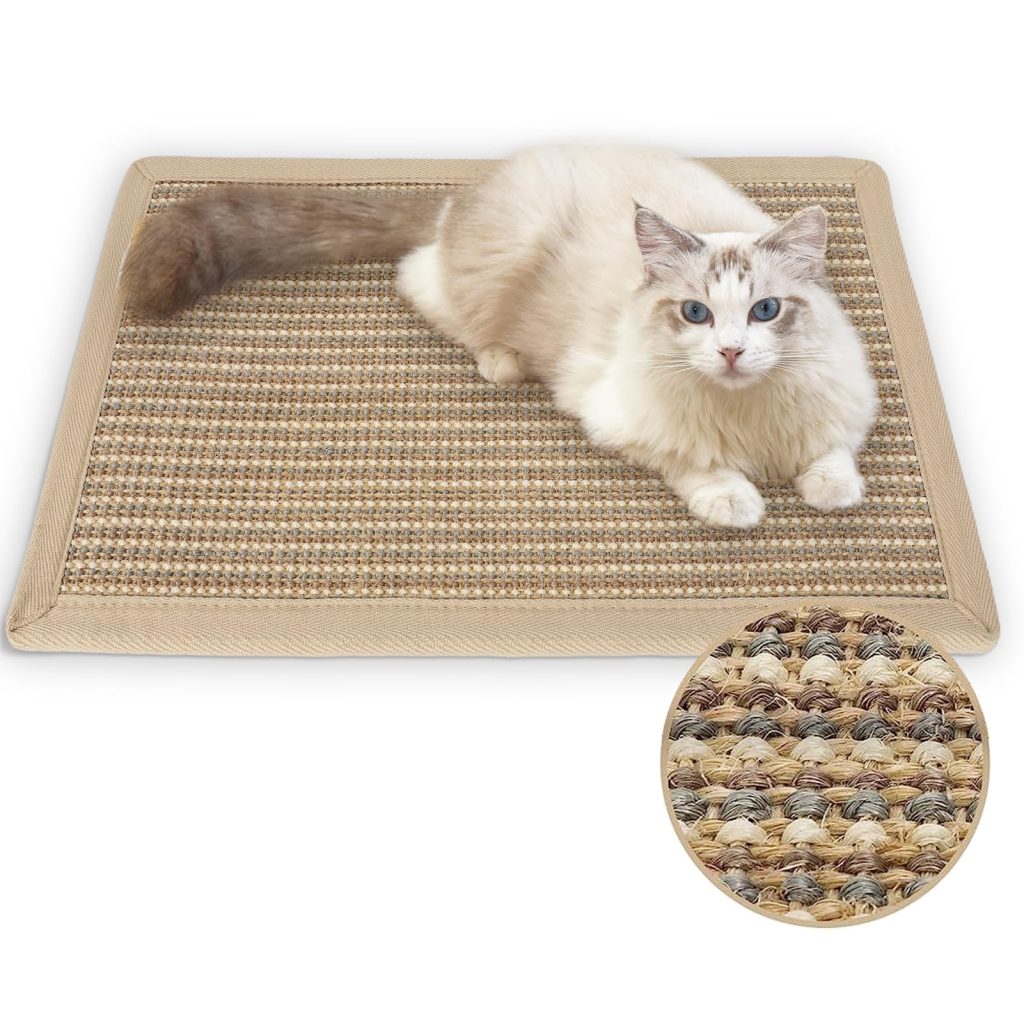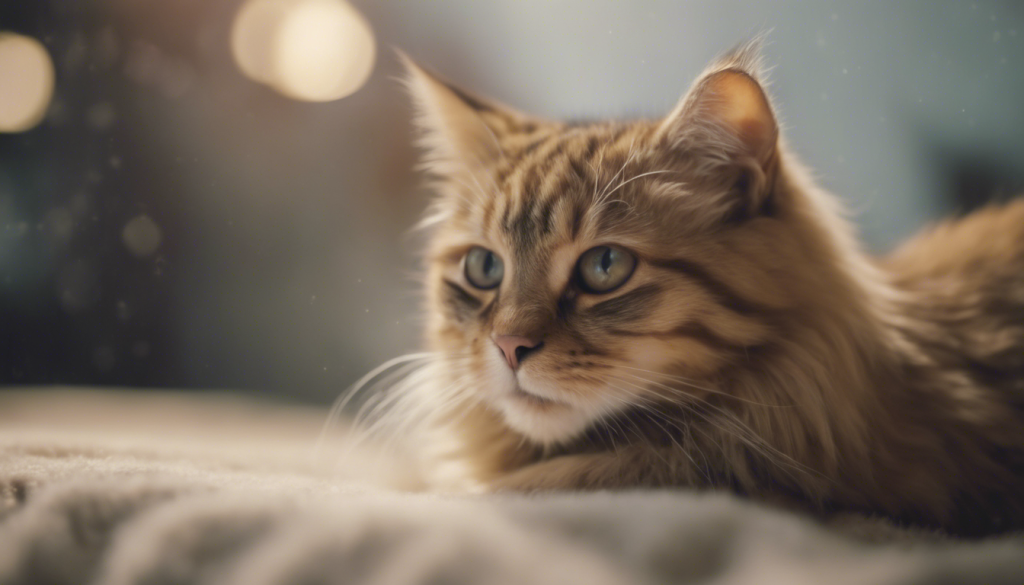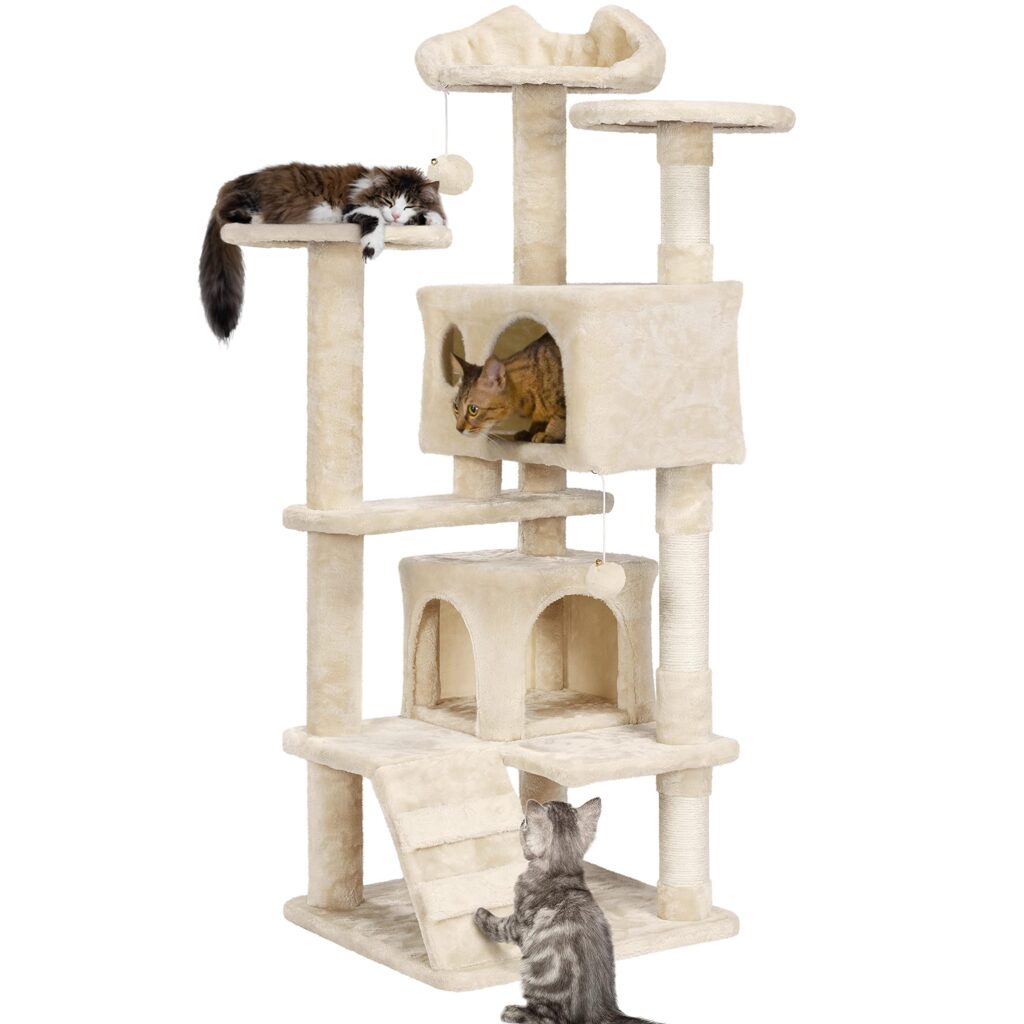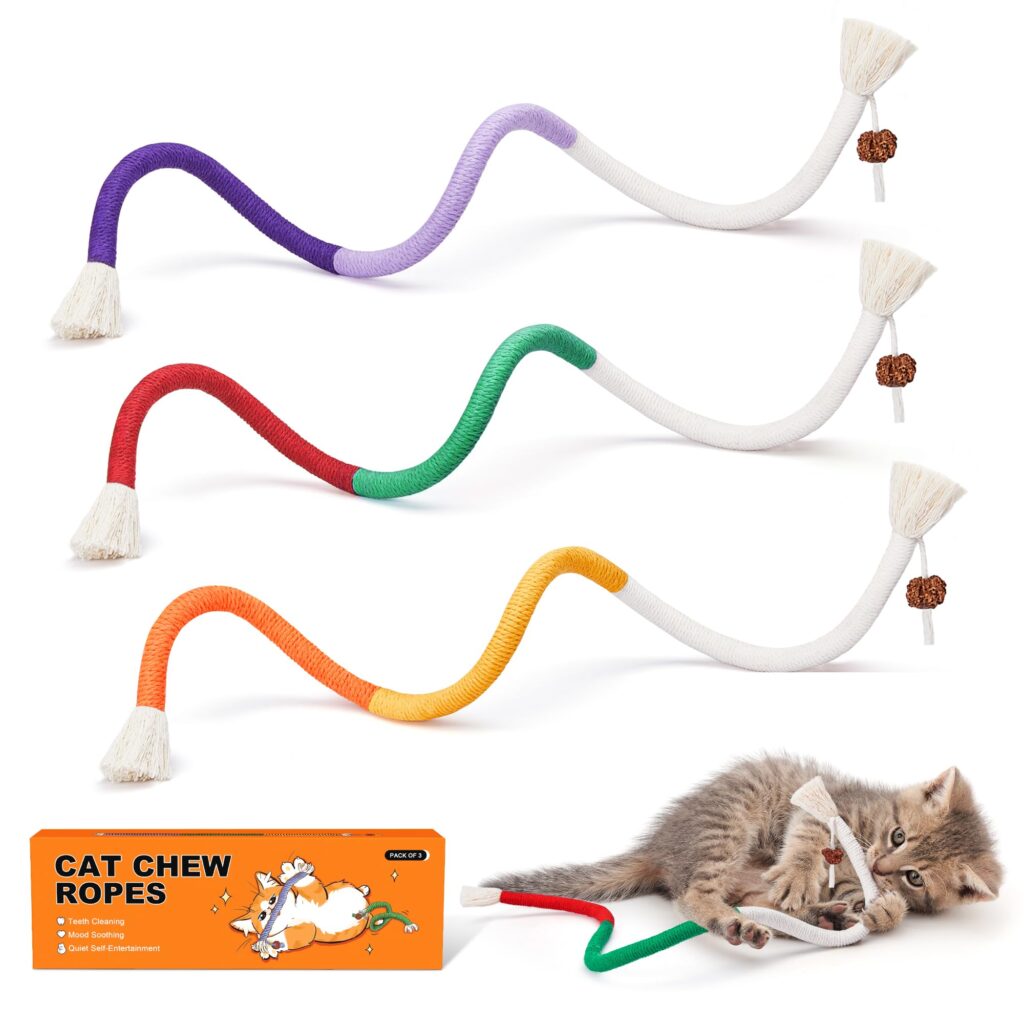To appreciate the complexities of feline behavior, one must delve into the intricate language of a cat’s tail; it serves as a vital conduit for their emotional expressions. A cat’s tail is much more than a mere extension of its body; it’s an eloquent tool, conveying messages that are often subtle but richly nuanced. Observing your cat’s tail movements can reveal a plethora of emotions, be it contentment, agitation, or even curiosity.
The tail, with its multifaceted movements, provides an invaluable insight into your feline companion’s inner world. It acts as a barometer for their emotional states, responding to stimuli in their environment or interactions with humans and other animals. When a cat’s tail flicks with rapid precision, it often indicates a state of heightened agitation; conversely, a gently swaying tail can suggest a serene disposition. Importantly, each movement is often influenced by the surrounding context, an aspect that pet owners should weave into their understanding of tail language.
Taking the time to observe these signals can forge a deeper connection between you and your cat. For instance, a cat that approaches you with a tail held high is typically signaling trust and affection—this posture emits confidence and indicates a positive emotional state. These visual cues can enhance the quality of interaction between you and your pet, reinforcing the bond you share.
A fascinating aspect of tail language is how it relates not only to individual emotions but also to the broader context of feline interaction. Ponder the scenario of two cats meeting for the first time. If one cat approaches with a puffed-up tail, it is likely exhibiting defensive posturing; the bristled fur and heightened tail indicate a readiness to confront a perceived threat. In contrast, a relaxed tail indicates willingness to engage in social behavior, underscoring the importance of mutual understanding in feline encounters.
Moreover, deciphering a cat’s tail language can significantly impact training techniques. Understanding these signals allows cat owners to respond appropriately to their pet’s needs and fears, fostering a trusting environment conducive to learning. For instance, if a cat displays a low-swaying tail while engaging with a training cue, it may signal confusion or apprehension. Recognizing this could prompt the owner to adjust their approach, perhaps by employing positive reinforcement techniques while providing a comforting atmosphere.
Ultimately, the ability to understand and appreciate your cat’s tail language can cultivate a more profound, more rewarding relationship. As you engage with your feline friend, take a moment to observe the conversation happening at the tail end. Each flick, curl, and swish tells a story uniquely tailored to your cat’s feelings and experiences, enhancing your understanding of this enigmatic creature.
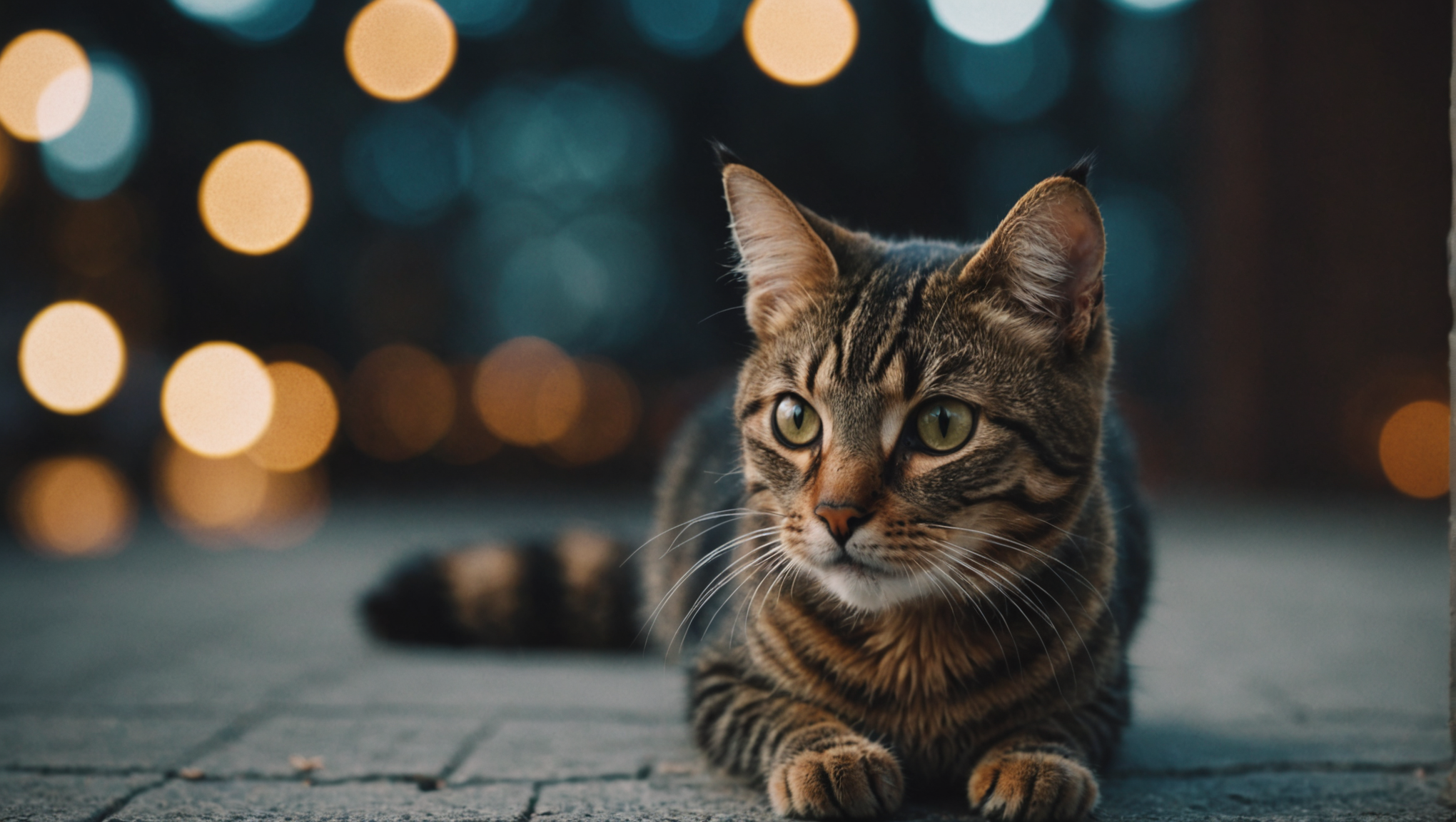
Common tail movements and their meanings
In exploring the realm of feline communication, it’s vital to familiarize oneself with the specific movements of a cat’s tail and their corresponding meanings, as these gestures serve as rich indicators of emotional states and intent. One of the most commonly observed tail movements is the resounding flick—a rapid, side-to-side motion that often signals agitation or excitement. When a cat’s tail lashes out in this manner, it may be on high alert, expressing annoyance or frustration, especially when confronted with a stimulus that demands its immediate attention. As Steve Dale, pet behavior expert, aptly notes, “A flicking tail is like a signaling red flag, warning of an emotional upheaval.”
Conversely, when you observe your cat with a tail that’s held high, often curving at the tip, it exudes feelings of joy and self-assuredness. This regal posture not only suggests contentment but is also an invitation for interaction, epitomizing a cat’s readiness to engage in social bonding. Such a stance is akin to a friendly wave, reminiscent of a warm greeting exchanged among familiar companions.
Paying close attention to the positioning and movement of the tail can also illuminate the subtleties of seeking comfort. For instance, a tail that rests in a relaxed position alongside the body often signifies a serene state, conveying relaxation and trust in the immediate environment. Yet, when the tail is tucked tightly against the body, it may unveil feelings of fear or submission, a poignant gesture that underscores vulnerability. This protective instinct is not exclusive to interactions with other animals; it can manifest in the presence of novel experiences or environments, reminding us of the intricacies of feline nature.
Another important tail movement to think is the gentle wag that often accompanies a cat’s playful demeanor. Unlike the aggressive flick, this wagging motion—characteristic of an excited kitty—encapsulates exhilaration, signaling that your cat is ready to engage in play. Such moments are essential for your cat’s mental and physical well-being, reinforcing the idea that playfulness is intricately tied to their happiness and emotional health.
Yet, variations in tail movement depending on the context must not be overlooked. Imagine a cat poised to leap; its tail may remain motionless but upright, acting as a stabilizing balance, readying itself for action. That is a testament to the functional nature of tail movements—in this instance, it isn’t merely an emotional indicator but also a biomechanical aid, enabling the cat to execute precise movements. This duality is yet another reminder of how the tail serves as a complex tool of communication and bodily function.
Engaging with your cat thoughtfully while recognizing these tail movements creates opportunities for profound interaction. For instance, if a defensive flick occurs when a stranger enters your space, interpreting this as a warning signal can empower you to provide your cat with a retreat or safe zone, thus fortifying trust in your relationship. It’s not only about understanding your cat’s immediate needs but also about forging an empathetic bond built on respect for their instinctual responses.
Ultimately, the tapestry of tail movements weaves together a story rich with emotional depth and significance. Each flick, swish, and curl provides insight into the myriad of experiences your feline friend traverses, offering a portal into their emotions. By honing your perception of these movements, you can deepen your understanding of your cat’s psyche and enhance the bond that you share, creating a more harmonious environment in which both pet and human can thrive.
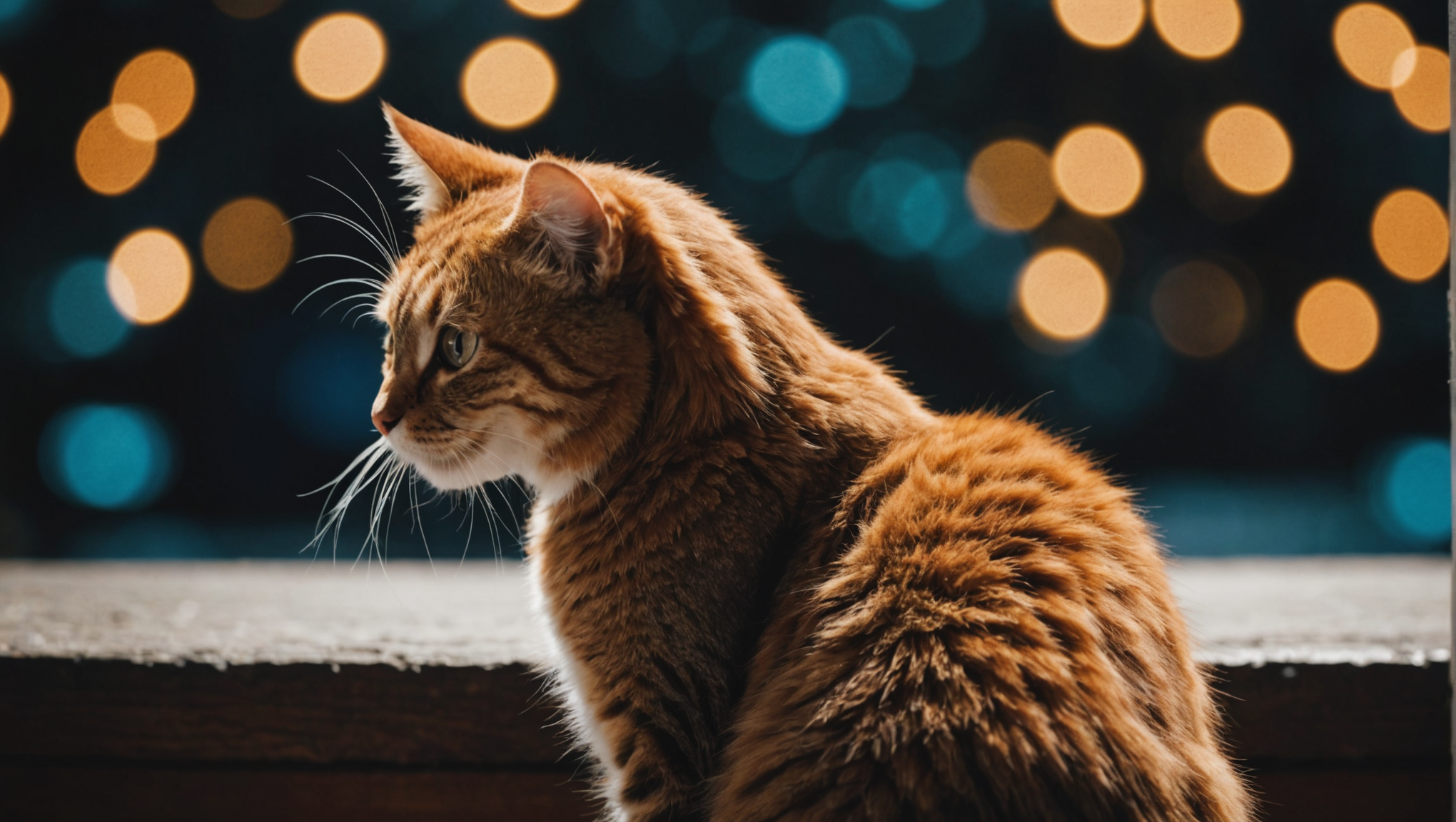
Tail position and emotional states
The position of a cat’s tail is an important aspect of its emotional expression, encapsulating a range of feelings that extend beyond mere movement. Often, the tail acts as a visual representation of what lies beneath the surface, a furled banner of emotional states that can either reassure or alert an observant owner. For instance, a tail that arches high over the back signals confidence and engagement, suggesting that your cat is ready to face the world, embodying an air of self-assured exploration. When a cat holds its tail in this raised position, it is an open invitation for interaction, illustrating a feline’s comfort in its surroundings.
Conversely, a tail that hangs low often serves as an indicator of anxiety or submission. In situations where your cat may feel cornered, threatened, or overwhelmed—such as during a chaotic household moment or an encounter with a strange animal—its tail will tuck in tightly against the body. This posture, while appearing to diminish the visual presence of the cat, conveys profound emotional vulnerability. As cat behavior specialist Jackson Galaxy points out, a tucked tail is the feline equivalent of saying, “I’m not here, please don’t see me.” Understanding this particular cue can help owners recognize when their cat requires a moment of solace or reassurance.
Consider the seemingly serene posture of a cat lounging on a sun-drenched window sill, its tail extended and relaxed beside its body. This stance signifies complete contentment—an emotional state of ease and trust in its environment. In stark juxtaposition, when the tail stands upright yet remains stiff, it may be a harbinger of defensive behavior. In such instances, the cat may be on heightened alert, responding to perceived threats or changes in its environment, a fact that underscores the tail’s role in emotional communication.
Furthermore, the dynamics of tail position can shift dramatically even within the same environment, based on the interactions at play. During moments of playfulness, you might witness the tail darting about with exuberance, often aligned with other body language cues such as pouncing and playful posturing. Such joyous expressions remind us that while a cat may roam alone in nature, their emotional states, as exhibited by tail movements and positions, are deeply rooted in an intrinsic desire for connection and play. The recognition of a happy, swaying tail can enrich the evolution of the human-cat bond, enhancing the experience of playtime into an emotionally fulfilling interaction for both parties.
Moreover, the interpretation of specific tail positions can further extend to the nuances of social interactions among multiple cats. When engaging in feline diplomacy, one cat may approach another with a neutral, relaxed tail—not an invitation for challenge or aggression. Conversely, if one cat raises its tail while approaching, signaling eagerness to socialize, the receiving cat’s response can be indicative of its own emotional state. If it hunches down with a lowered tail, it sends a message of submission or hesitance, whereas a tail held high and vibrating may indicate friendly excitement. Each of these interactions thus becomes a layered conversation, highlighting the situational importance of tail positioning.
In nurturing a deeper understanding of your cat’s emotional states through tail positioning, the implications extend towards the training process as well. Recognizing when your cat is displaying a relaxed tail can guide you in determining the perfect timing to introduce new experiences or training cues, ensuring your feline’s emotional readiness. As with all aspects of communication, the subtleties are what build a trusting relationship. By attuning yourself to these cues, you can step into the role of a more perceptive caregiver, enabling your cat to learn and thrive in an environment that respects and reflects its emotional needs.
The significance of a cat’s tail position transcends simple physical movement; it encapsulates a rich narrative of emotional expression. Each position offers a glimpse into the inner workings of your feline companion’s psyche, transforming routine interactions into opportunities for fostering deeper understanding and connection. By learning to read these nuanced signals, cat owners can create an enriched bond steeped in empathy, ensuring both the cat’s well-being and the quality of your shared experiences.
Interpreting tail gestures in different contexts
The interpretation of tail gestures is profoundly influenced by the immediate context in which they occur, and recognizing this can greatly enhance your understanding of a cat’s intricate emotional landscape. Feline interactions are often laden with subtle cues, and the meaning behind a tail movement can shift depending on the situation. For instance, consider a scenario in which a cat is stalking a feather toy. In this playful context, a tail that quivers slightly while elevated indicates heightened excitement and a predatory focus, illuminating the cat’s instinctual behaviors. The very same quivering tail, however, can take on a different meaning if the cat is approached by a larger animal. Here, it may signify nervousness despite the playful demeanor, illustrating the complexity and variability of tail communication.
Furthermore, social dynamics play a significant role in shaping tail gestures among multiple cats or between a cat and other species. When two cats meet, a tail held erect may denote confidence and an eagerness to engage, while a gentle sway could convey curiosity. A tail that remains low and still during such interactions often communicates a cat’s desire to avoid conflict, a gesture of peace in the complex dance of social hierarchies. In contrast, a cat that approaches another with a tail puffed up and bristled is likely on high alert, indicating an awareness of potential threats—be it aggression from another cat or unfamiliar stimuli. Interactions in these contexts may shift rapidly, and the ability to interpret these tail movements can facilitate smoother encounters, reducing tension through informed recognition of each animal’s state of mind.
Moreover, within the human-cat relationship, the context in which a cat displays its tail gestures can enrich the bond between pet and owner. When you arrive home and are greeted by an exuberantly raised tail with a gentle flick, it vividly expresses your cat’s joy and excitement at your return. Engaging with such an enthusiastic greeting invites feelings of reciprocity and affection, reinforcing an emotional connection founded on mutual delight. Yet, if your cat displays a tucked tail upon your arrival, this signals a potential feeling of stress or anxiety, a poignant reminder that your presence may not always be a source of comfort. Recognizing this context is vital; it offers an opportunity for you to create a calming atmosphere, such as providing gentle reassurance or allowing your cat space until it feels more at ease.
The nuances of tail gestures further extend into the realm of training and behavior modification. For example, a cat exhibiting a slow, rhythmic swaying of the tail during a training session could indicate deep concentration, while a rapid flick might suggest frustration. The key lies in reading these signals within the context of the task at hand. Connecting this awareness with positive reinforcement techniques can enhance the efficacy of training; when a cat is relaxed and its tail displays positive movements, it’s often more receptive to learning and engaging. As renowned feline behaviorist Pam Johnson-Bennett notes, “Understanding the subtleties of your cat’s body language is important for effective communication and training.” Therefore, tailoring your approach based on tail gestures can foster a smoother learning curve, ultimately enriching your mutual relationship through well-timed interactions.
Ultimately, the art of interpreting tail gestures in context is a vital skill for any cat owner. Each flick and sway narrates a heartfelt story, deeply personal to your feline companion, revealing fears, joys, and the intricate web of emotions that make up their daily experiences. By engaging with these nuances, you cultivate an enriched understanding of your cat, allowing for deeper emotional connections and more harmonious interactions. Recognizing the contextual meanings of tail movements transforms the everyday existence of cat ownership into a tapestry of shared communication, transcending words and reaching the very essence of companionship.
